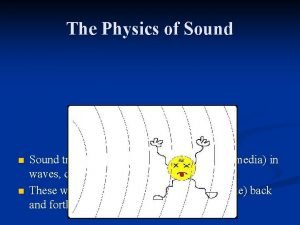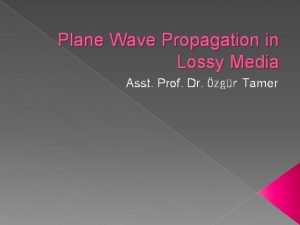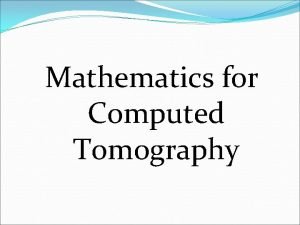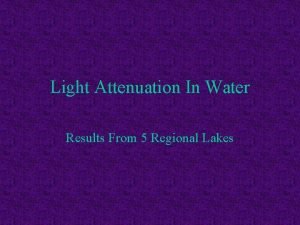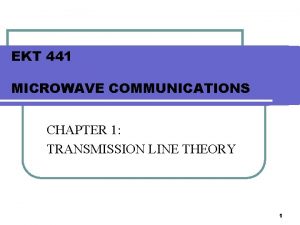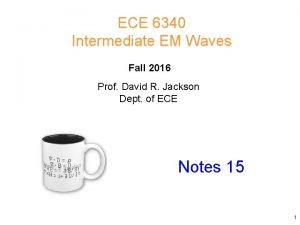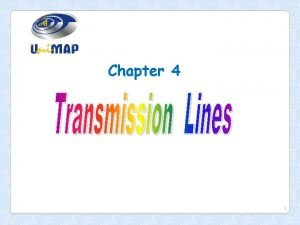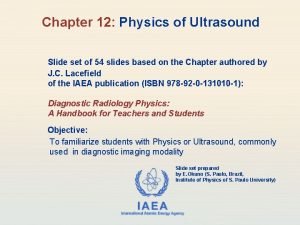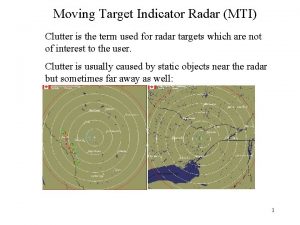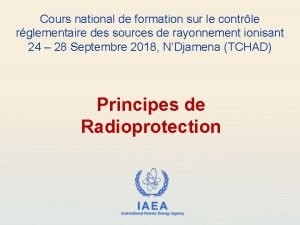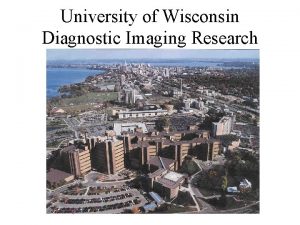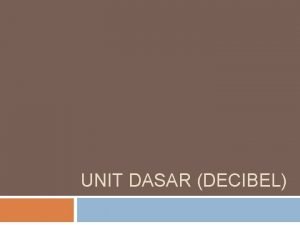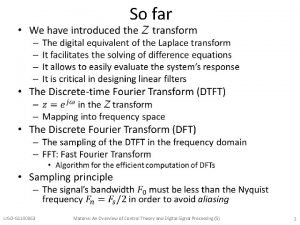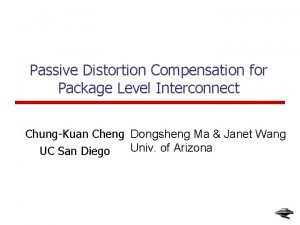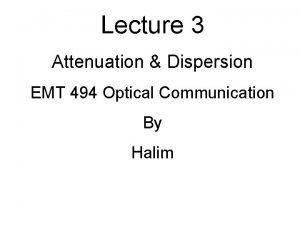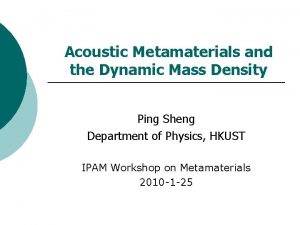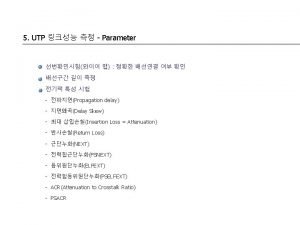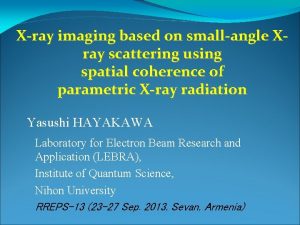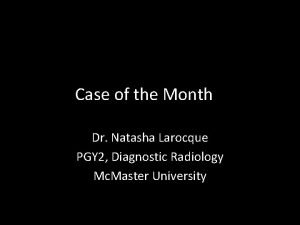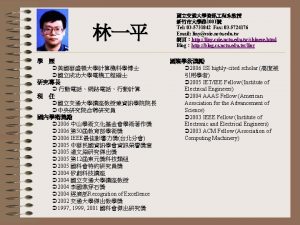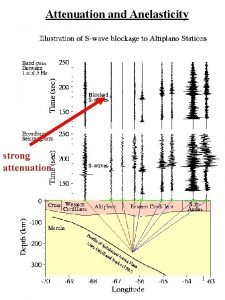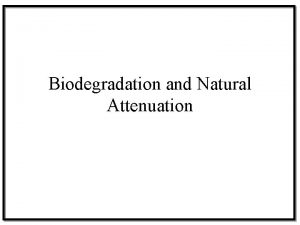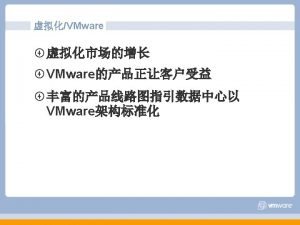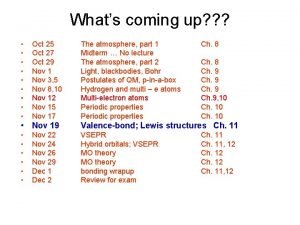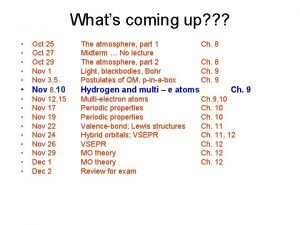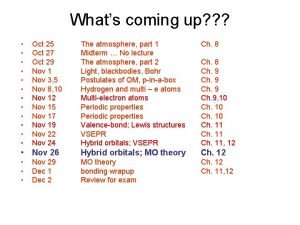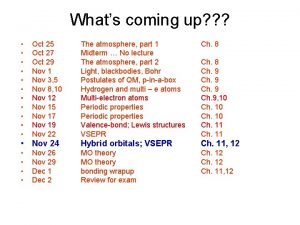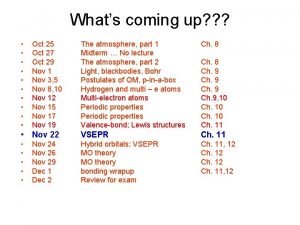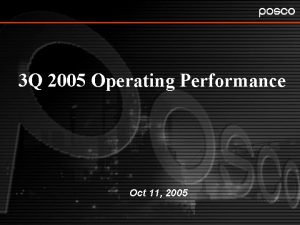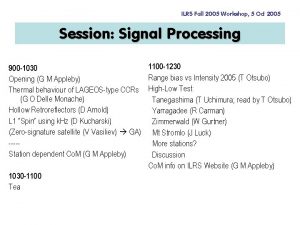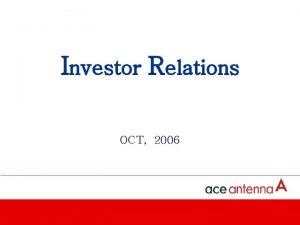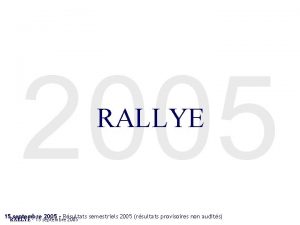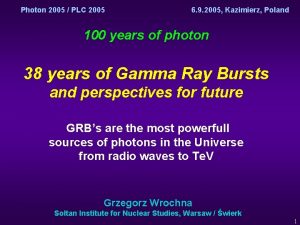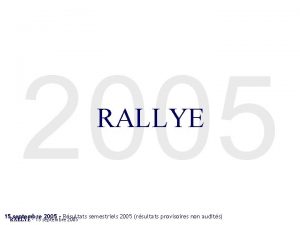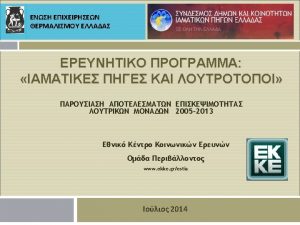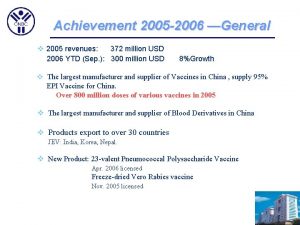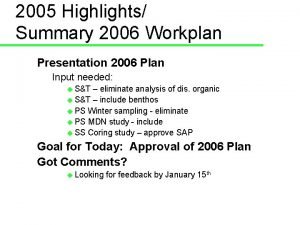Attenuation Oct 2005 CA Oct 2006 Process for


























- Slides: 26

Attenuation Oct 2005 CA Oct 2006 Process for 2007 Maps National User-Needs Workshop DEC 2006 CA Comments From Outside Community June-July Pac. NW Mar 2006 Inter. Mtn West Draft maps (Project 07) Feb 15, 2007 Draft maps June 2007 June 2006 CEUS May 2006 External Review Panel on NGA Sep, 2006 External Review Panel on Maps May 2007 Figure 1: Process for developing the 2007 maps Final Prob Maps Sep 2007 Design maps Dec 2007 For 2008 NEHRP Provisions*, 2010 ASCE, 2012 IBC *If deadlines met

BACKGROUND SOURCE ZONES M 7. 0 Figure 2: Two large regional zones for the CEUS.

Wheeler and Johnston Figure 3: Global earthquake data for craton and margin earthquakes.

Wheeler andmagnitudes Johnstonfor craton and margin earthquakes. Figure 4: Histograms showing

Figure 5: Special zones and faults in the CEUS.

New Madrid seismicity Northern Arm Reelfoot fault Southern Arm Blytheville Figure 6 Kentucky Geological Survey SP 6

NEW MADRID LOGIC TREE 7. 8 Figure 7: New Madrid logic tree

Figure 8: Alternative source zones near Charleston, South Carolina and logic tree

Figure 9: CEUS 0. 2 s SA attenuation relations for M 7 earthquake on Vs 30 760 m/s site conditions: AB 95 AB 05 (Atkinson and Boore, 1995, 2005; F 96 (Frankel et al. , 1996); T 97 T 02 m (Toro, 1997, 2002); C 03 (Campbell, 2003); S 01 (Somerville 2001); SV 02 (Silva et al. , 2002); TP 05 (Tavakoli And Pezeshk, 2005)

Figure 10: CEUS 1 s SA attenuation relations for M 7 earthquake on Vs 30 760 m/s site conditions: AB 95 AB 05 (Atkinson and Boore, 1995, 2005; F 96 (Frankel et al. , 1996); T 97 T 02 m (Toro, 1997, 2002); C 03 (Campbell, 2003); S 01 (Somerville 2001); SV 02 (Silva et al. , 2002); TP 05 (Tavakoli And Pezeshk, 2005)

Figure 11. WUS seismicity and zones.

Zeng and Shen 2006 Figure 12: GPS strain data for the western U. S.

Figure 13: Faults in the western U. S. showing style of faulting

Geodetic rupture depth Figure 14: Fault geometry used in the Cascadia subduction zone

Figure 15: Probability of surface rupture with magnitude

Provided by Ken Campbell, EQECAT NGA Project Database • NGA strong-motion database: – 172 worldwide earthquakes – 1, 400 recording stations – 3, 500 multicomponent strongmotion recordings – Over 100 parameters describing source, path, and site conditions Previous Data New Data Figure 16: Strong motion dataset prior to NGA database (red) in NGA database (blue)

Chiou and Youngs-solid Sadigh et al. -dashed Figure 17: Comparison of new NGA equation (Chiou and Youngs) and older Equation by Sadigh et al. (1997) used in 2002 maps.

Figure 18: 2007 draft national seismic hazard map for CEUS at 0. 2 s SA and 2% probability of exceedance in 50 years on firm rock site condition 760 m/s Vs 30.

Figure 19: 2007 draft national seismic hazard map for CEUS at 1. 0 s SA and 2% probability of exceedance in 50 years on firm rock site condition 760 m/s Vs 30.

Figure 20: Ratio of 0. 2 s SA 2007 and 2002 national seismic hazard maps for CEUS at 2% probability of exceedance in 50 years.

Figure 21: Ratio of 1. 0 s SA 2007 and 2002 national seismic hazard maps for CEUS at 2% probability of exceedance in 50 years.

Figure 22: 2007 draft national seismic hazard map for WUS at 0. 2 s SA at 2% probability of exceedance in 50 years on firm rock site condition 760 m/s Vs 30.

Figure 23: 2007 draft national seismic hazard map for WUS at 1. 0 s SA at 2% probability of exeedance in 50 years on firm rock site condition 760 m/s Vs 30.

Figure 24: Ratio of 0. 2 s SA 2007 and 2002 national seismic hazard maps for WUS at 2% probability of exceedance in 50 years.

Figure 25: Ratio of 1. 0 s SA 2007 and 2002 national seismic hazard maps for WUS At 2% probability of exceedance in 50 years.

Testing the model: Figure 26: Comparison of 1996 seismic hazard maps with seismicity since 1996.
 May 2006 calendar
May 2006 calendar Sound travels faster in
Sound travels faster in Intrinsic impedance of good conductor
Intrinsic impedance of good conductor Linear attenuation coefficient of water ct
Linear attenuation coefficient of water ct Light attenuation in water
Light attenuation in water Stokes's theorem
Stokes's theorem Attenuation constant formula
Attenuation constant formula Attenuation formula
Attenuation formula Line
Line Ultrasound beam attenuation
Ultrasound beam attenuation Pain attenuation definition
Pain attenuation definition Clutter attenuation in radar
Clutter attenuation in radar Couche de demi-atténuation exercice
Couche de demi-atténuation exercice Tryptophan operon attenuation
Tryptophan operon attenuation X ray attenuation
X ray attenuation Decibel power gain
Decibel power gain Ligog
Ligog Low frequency attenuation
Low frequency attenuation Material dispersion
Material dispersion Low frequency attenuation
Low frequency attenuation Crosstalk utp
Crosstalk utp Attenuation x ray
Attenuation x ray Mosaic attenuation radiopaedia
Mosaic attenuation radiopaedia Formuö
Formuö Typiska drag för en novell
Typiska drag för en novell Tack för att ni lyssnade bild
Tack för att ni lyssnade bild Vad står k.r.å.k.a.n för
Vad står k.r.å.k.a.n för

